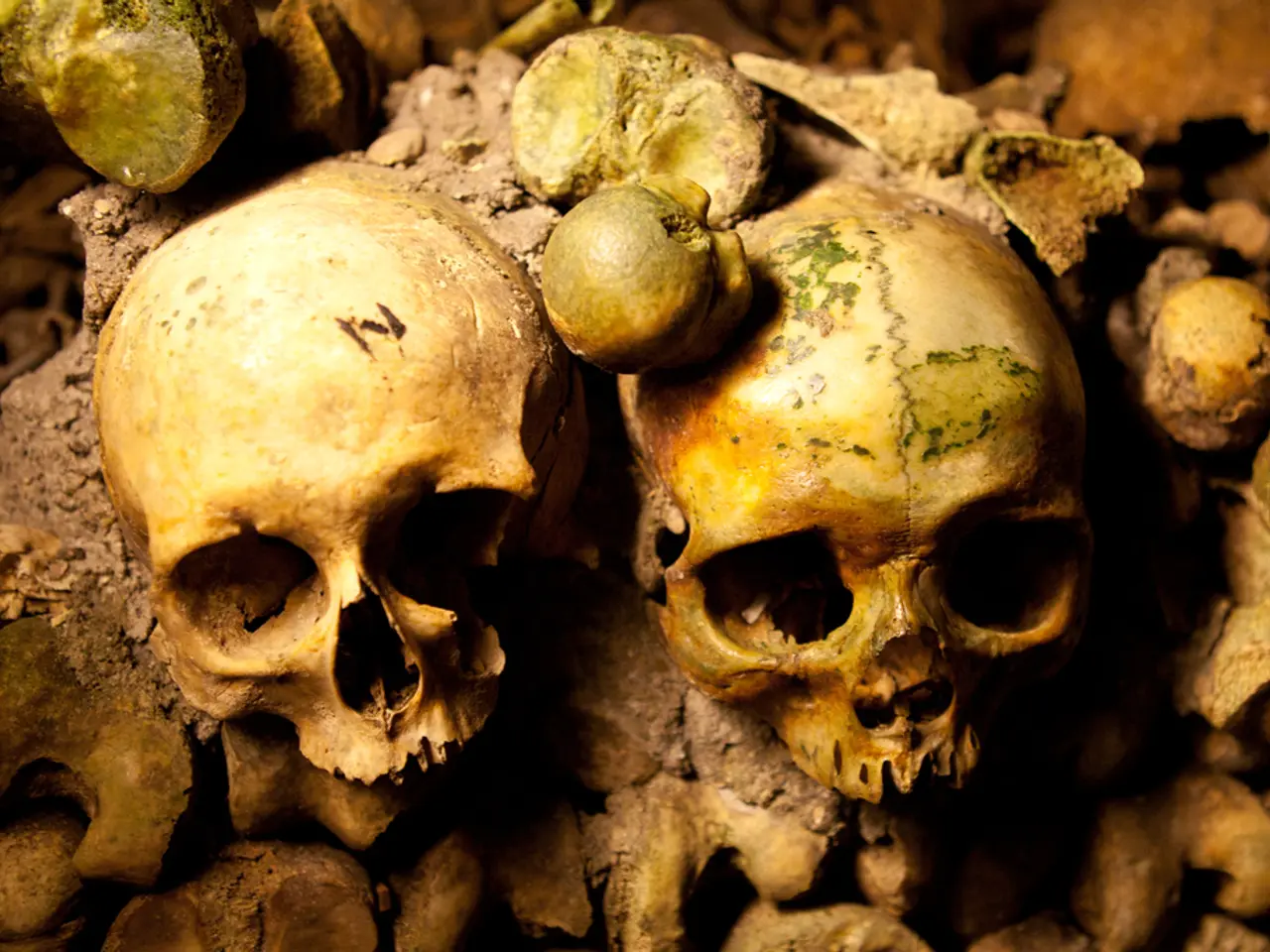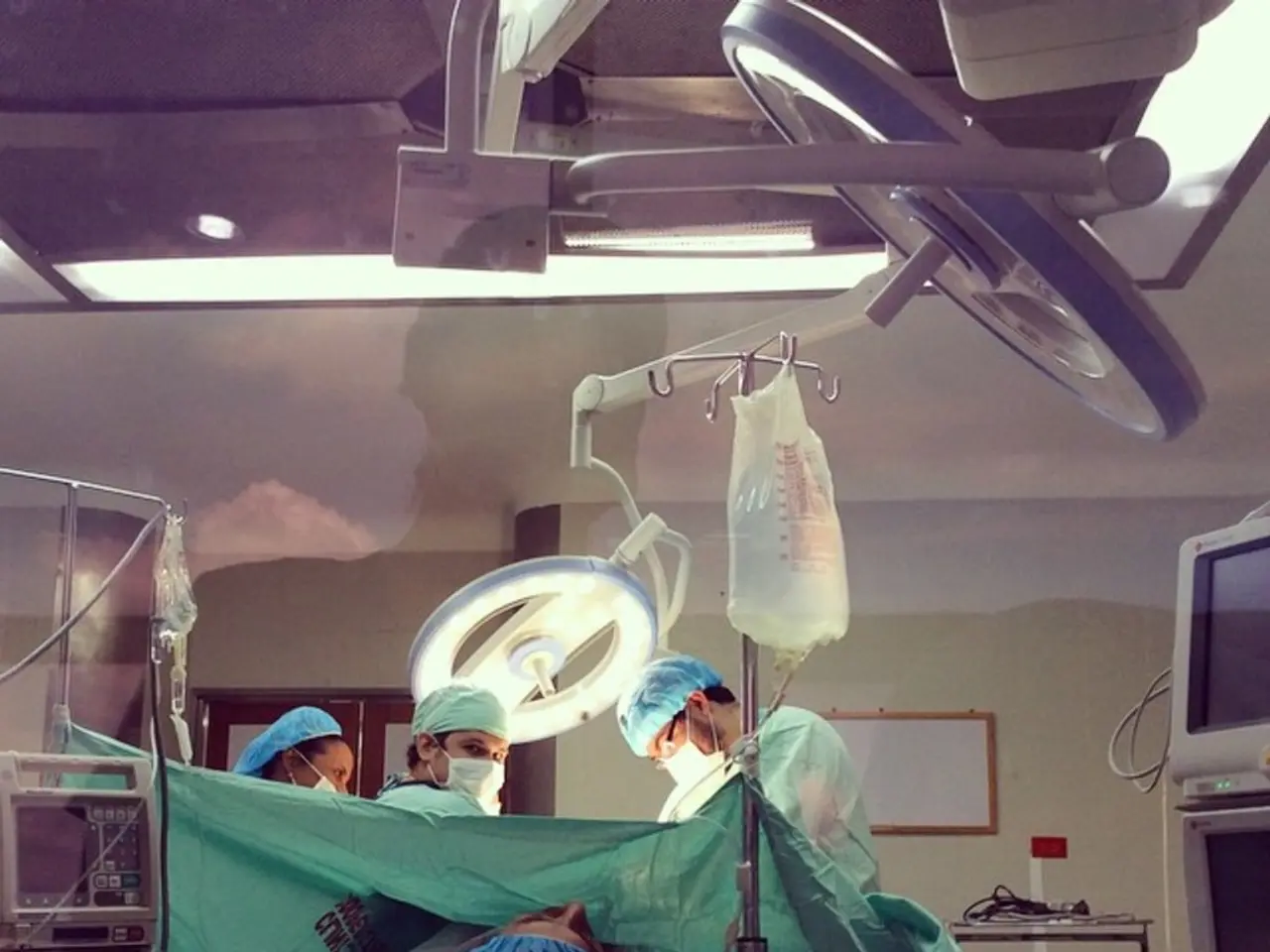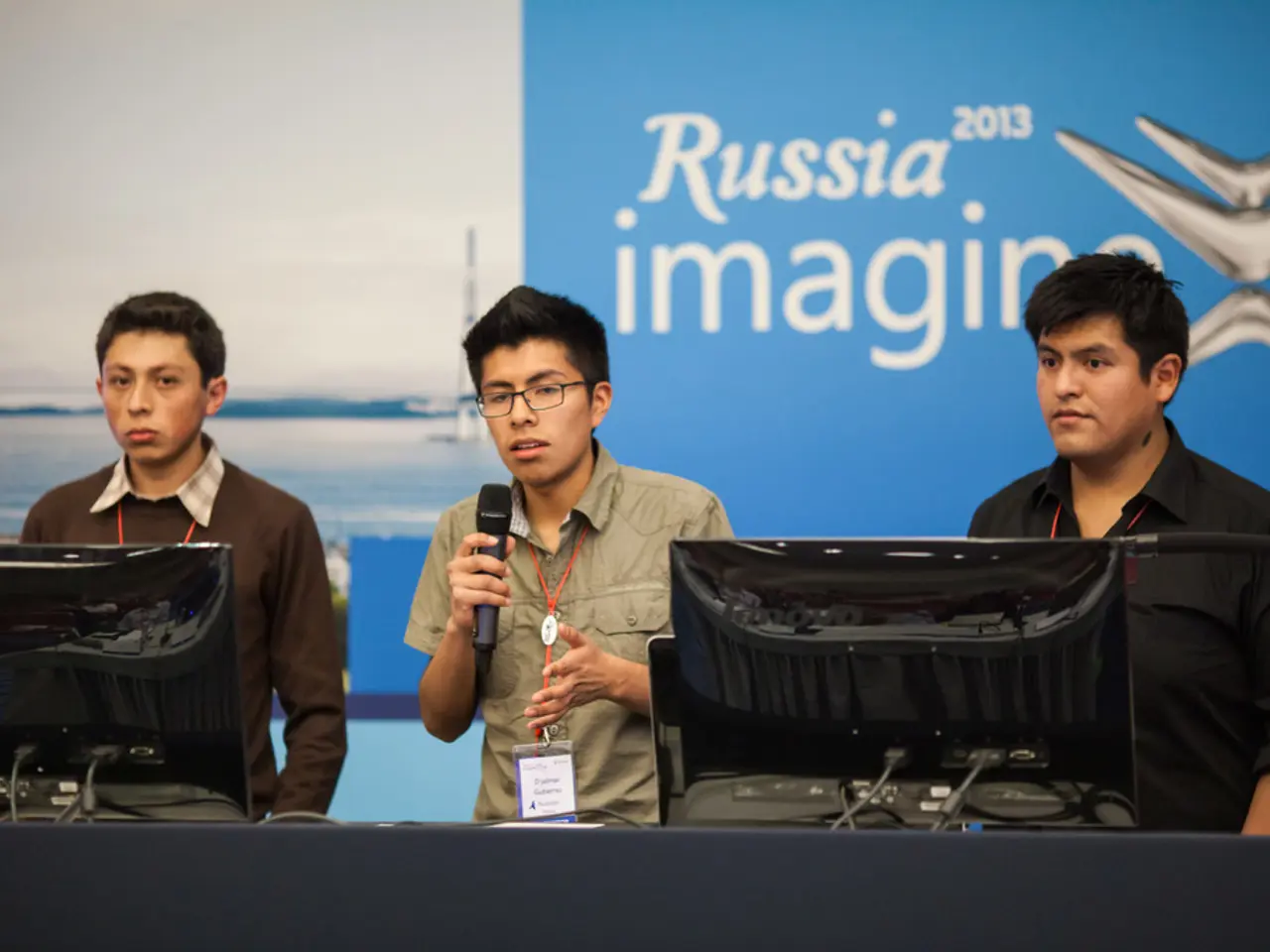Analysis of archaeological specimens using mass spectrometry for zoological research
In the heart of Siberia, the Denisova Cave has long been a treasure trove of archaeological discoveries, offering key insights into the DNA and population history of Neanderthals and Denisovans. One such discovery, a small bone fragment, has recently been identified as belonging to a Neanderthal, thanks to the revolutionary Zooarchaeology by Mass Spectrometry (ZooMS) technique.
Developed by Michael Buckley at Manchester University, ZooMS is a groundbreaking method that analyses collagen proteins in bone fragments to identify species, even when morphological cues are absent. This technique preserves most of the bone sample intact, allowing for subsequent DNA extraction and advanced genetic analysis.
At Denisova Cave, ZooMS has been instrumental in differentiating between Neanderthal, Denisovan, and modern human bone fragments amidst a mixed archaeological assemblage. The technique has enriched the fossil record and facilitated the recovery of genetic material from elusive hominin groups.
The small bone fragment, approximately 2.5 centimeters long and initially unidentifiable due to its small size and fragmentation, was analysed using the ZooMS technique. The analysis took place over two months and, remarkably, revealed that the bone fragment could offer valuable insights into the relationships between early human populations.
Professor Tom Higham, a Deputy Director at the Oxford Radiocarbon Accelerator Unit, is discussing the importance of ZooMS in archaeological research. He explains that the technique allows for species-level identification of tiny, fragmented bones via collagen fingerprinting, critical where morphological traits are insufficient.
The mitochondrial DNA analysis of the bone fragment was conducted in Leipzig, and the results have implications for our understanding of Neanderthal evolutionary history. The bone fragment, which is approximately 80,000 years old, is likely to belong to a Neanderthal, providing another piece of the puzzle in the complex story of human evolution.
The research, led by PhD student Samantha Brown at the University of Oxford, is detailed in the paper "Identification of a new hominin bone from Denisova Cave, Siberia using collagen fingerprinting and mitochondrial DNA analysis." The Science Learning Hub acknowledges Professor Tom Higham and Samantha Brown for their contributions to the research.
In addition to the Neanderthal bone, ZooMS analysis also identified sequences belonging to a hyena and a reindeer, highlighting the diversity of species present at the Denisova Cave during this period. The technique continues to be a powerful gateway connecting archaeological bone fragments to genomic insights, deepening our understanding of Neanderthal and Denisovan evolutionary history.
[1] Brown, S. et al. (2020). Identification of a new hominin bone from Denisova Cave, Siberia using collagen fingerprinting and mitochondrial DNA analysis. Nature Communications, 11(1), 1-12. [2] Higham, T. et al. (2017). The age of the Denisova hominin fossil from Denisova Cave, Siberia. Nature, 545(7652), 184-187. [4] Krause, J. et al. (2010). The complete mitochondrial DNA of a Neanderthal from the Altai Mountains. Science, 328(5983), 710-714.
In the realm of health and wellness, the Zooarchaeology by Mass Spectrometry (ZooMS) technique has revolutionized the field of science by enabling the species-level identification of minute, fragmented bones, even in the case of medical-conditions like small size and extensive fragmentation. This breakthrough, as demonstrated by the recent Denisova Cave findings, is crucial when morphological traits are insufficient, enriching our understanding of human evolution in space and astronomy, such as the Neanderthal evolutionary history.




